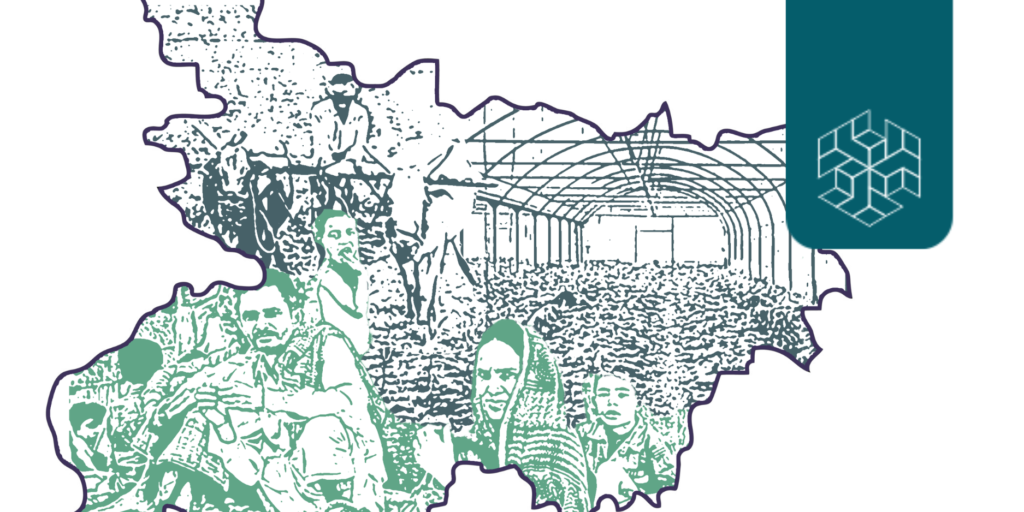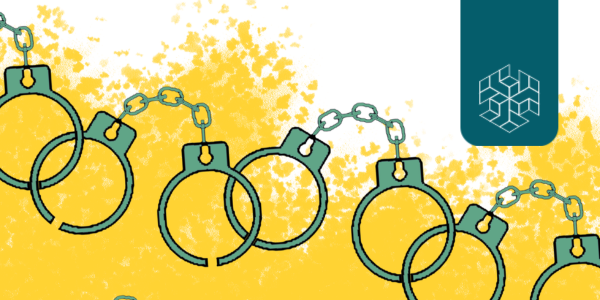Background: India’s Power Sector
Power is a fundamental component of infrastructure and a key indicator for evaluating a country’s population’s living standard. With the rapidly growing population and economic growth, India’s energy consumption has more than doubled since 2000 (International Energy Agency, 2021). Over the next 20 years, a developing and industrialising economy as well as a growing urban population, will drive up this energy consumption. In fact, the energy consumption is anticipated to more than double and account for one-fourth of the worldwide growth by 2040 (Puri, 2016).
The Indian power sector is one of the largest and most complex power sectors in the world. The value chain of India’s electricity sector can be divided into three parts: generation, transmission, and distribution. The generation process, which involves power production and is carried out by power generation companies [GENCOs], is the first phase in the value chain. The transmission process follows, in which the generated power is transmitted via transmission lines from the power plants to the distribution substations. The distribution process is the final phase in the value chain. Power distribution companies [DISCOMs] use a distribution network to transport electricity from substations to ultimate users (commercial and industrial consumers, agricultural households, and so on).
As India recovers from a Covid-induced downturn, electricity demand is likely to rise rapidly. To fulfil the rise in electricity consumption over the next twenty years, India will need to add a power system the size of the European Union to what it currently has (International Energy Agency, 2021). As a result, the country’s power sector needs to be made financially and operationally resilient in order to fulfil the growing electricity demand. However, the sector continues to face several challenges.
On a per capita basis, India’s electricity consumption is significantly lower than the global average. According to the Central Electricity Authority (2022), in 2021-22, India’s per capita electricity consumption was 1,255 kWh. While this figure has improved over time, India’s performance remains poor when compared to global per capita consumption, which was estimated to be 3,128 kWh in 2014 (The World Bank, 2014). Unsustainably high aggregate technical and commercial [AT&C] losses, poor electricity supply and service, a lack of investment in the power infrastructure, and unsustainable debt are some of the challenges which plague India’s power sector (Garg and Shah, 2020). There is also the issue of vast disparities in service quality among states and between rural and urban areas (International Energy Agency, 2021).



